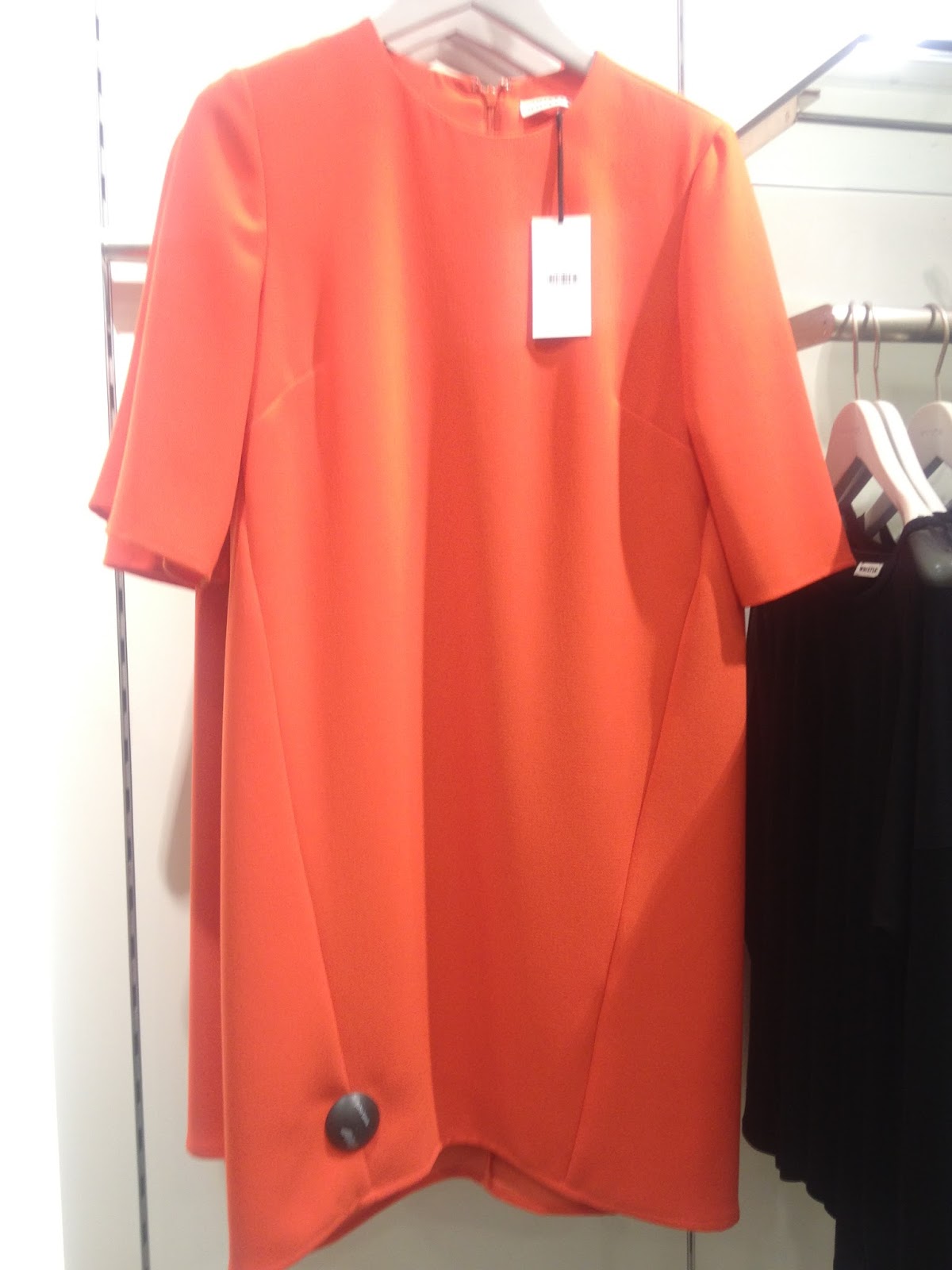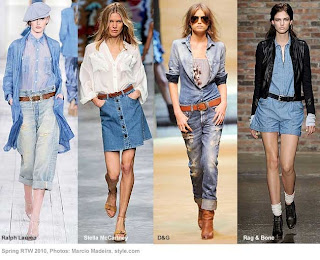Fashion in 1920's
This was the modern Era that women abandoned the more restricting fashions and started to wear more comfortable clothes (such as short skirts). Also in this era fashion was characterized by two distinctive fashion period. In the early part of the decade, where change was slow and adaption was no where to be seen, and then in the mid 20's when the public embrace the styles associated with roaring twenties.
Fashion in 1930s
This was a interesting era, it was the end of the world war 2.The whole attention at the shoulder, with butterfly sleeves and banjo sleeves, and exaggerated shoulder pads for both men and women by the 1930s. The period also saw the first widespread use of man-made fibres, especially rayon for dresses. The zipper became widely used.
Fashion in 1940s
The war was still taking place, even with the difficulties and lack in rayon, nylon, wool, leather, rubber, metal and even the amount of fabric that could be used in any one garment, the fashion industry's kept moving slowly along, producing what it could at that time. Hollywood drove fashion in the United States almost entirely, with the exception of a few trends coming from war torn London in 1944 and 1945. Fabrics shifted dramatically as rationing and wartime shortages controlled import items such as silk and furs. Floral prints seem to dominate the early 1940s, with the mid-to-late 1940s also seeing what atomic prints or geometric patterns and shapes. The color of fashion seemed to even go to war, with nautical themes and dark greens and khakis dominating the color palettes, as trousers and wedges slowly replaced the dresses and more traditional heels due to shortages in stockings and gasoline.
Fashion in 1950s
Fashion after the War is characterized by the rejuvenation of "haute couture" after the catastrophe of the war year. Square shoulders and short skirts were replaced by the soft femininity of Christian Dior silhouette, with its sweeping longer skirts, fitted waist, and rounded shoulders, which in turn gave way to an unfitted, structural look in the later 1950s. By 1947, the Paris fashion houses had reopened, and once again Paris resumed its position as the center of high fashion. The evolution of fashion changes, had been disrupted by the war, and a new direction was long overdue. A succession of style trends led by Christian Dior and Cristobal Balenciaga defined the changing silhouette of women's clothes through the 1950s. Television joined Fashion magazines and films in broadcasting clothing styles.
Fashion in 1960s
The 1960s had a number of diverse trends involved. It was a decade that broke many fashion traditions, watching social movements during the time.In the middle of the decade, culottes, go-go boots, vinyl dresses and other vinyl clothes were popular. The widely popular bikini came into fashion in 1963 after being featured in a popular musical.
Mary Quant invented the mini-skirt, and Jackie Kennedy introduced the pillbox hat,both becoming extremely popular. False eyelashes were worn by women throughout the 1960s, and their hairstyles were a variety of lengths and styles, all very unique and extravagant. While focusing on colors and tones, accessories were less of an importance during the sixties. People were dressing in psychedelic prints, highlighter colors, and mismatched patterns. The hippie movement late in the decade also exerted a strong influence on ladies' clothing styles, including flare jeans, tie-die, and batik fabrics, as well as paisley prints.
Fashion in 1970s
1970s fashion, which began with progression of the mini skirts, flare and the androgynous hippie look from the late 1960s, was soon characterized several distinct fashion trends. Platform showed on the fashion scene in 1971 and often had soles two to four inches thick. Both men and women wore them. Wide-legged, flared jeans and trousers were another fashion popular for both men and women throughout most of the decade, and this style has been copied in the 1977 film Saturday Night Fever, which starred John Travolta. The "disco look", complete with three-piece suits for men and rayon or jersey wrap dresses for women, which the film further popularized, lasted until it was gradually replaced by punk fashion and straight, cigarette-legged jeans. Platform shoes gave way to mules and ankle-strapped shoes, both important of the 1940s, at the very end of the decade.
Fashion in 1980s
Many styles from the late 1970s remain fashionable in the early 1980s. In the 1970s, the silhouette of fashion tended to be characterized by close fitting clothes on top with wider, looser clothes on the bottom. This trend completely reversed itself in the early 1980s as both men and women began to wear looser shirts and tight, close-fitting trousers.
Brand names became increasingly important in this decade, making Ralph Lauren and Calvin Klein household names, among others.
After the release of her single "Like a Virgin" in late 1984, Madonna became a fashion icon for many young women around the world who copied her "street urchin" look with short skirts worn over leggings, brassieres worn as outer clothing, untidy hair, crucifix jewelry, and fishnet gloves.
The 1983 movie Flash Dance made ripped sweatshirts popular.
Fashion In 1990s
The 1990s was the genesis of two sweeping shifts in Western fashion: the beginning of the different types of fashion that wasn't applied at the specific time which continued into the 2000s among a large section of the population, and the beginning of the adoption of tattoos,body piercings aside from ear piercing and to a lesser extent, other forms of body modification such as branding. This started the indifferent, anti-conformist approach to fashion which was popular throughout the 1990s, leading to the popularization of the casual chick look, including t-shirts, jeans, hoodies, and trainers which continued into the 2000s.
Fashion In 2000s
The 2000s are often described as a "mix up" decade, where trends saw the fusion of previous styles, global and ethnic clothing, as well as the fashions of numerous music-based subcultures, especially indie pop. Many in the industry have noted the lack of divide between the 1990s and early 2000s due to the continued popularity of minimalist fashion among young people of both sexes.[2] For the most part, the mid-late 2000s did not have one particular style but recycled vintage clothing styles from the 1940s, 1950s, 1960s and 1980s.
Fashion in 2010s
The early 2010s (2010–present) have thus far been defined by a revival of interwar (fashion while the war was happening), Austerity era (fashion after the war finished),1990s, and, from late 2012 onwards, early 1990s and skater fashion. In the early 2010s, many mid and late 2000's fashion remain popular in Europe, the United States, Latin America, Australia and East Asia, especially the indie look which largely drew upon 1960s mod clothing combined with elements of 1970s garage look and contemporary fashion.

















































